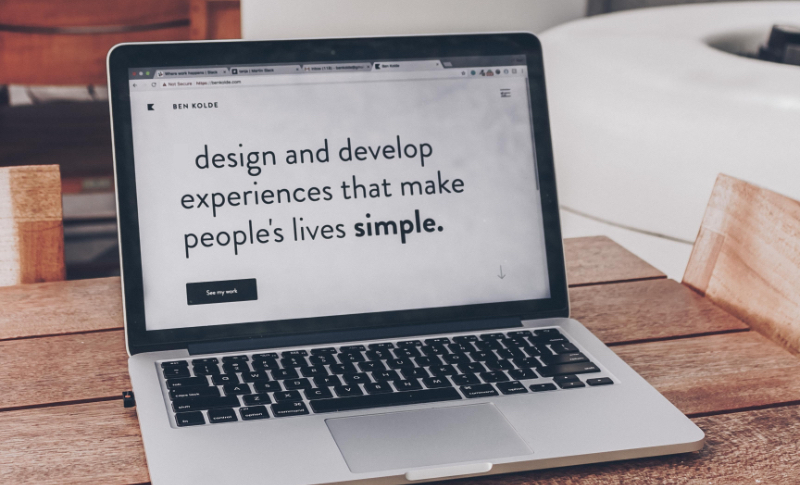What are Current Best Practices?
When working with design agencies, you often hear that a mock-up or idea follows "current best practices", but what does this really mean? In this series we will dive into User Experience (UX) best practices and shed light on how they help improve overall website design.
The first article in this series will focus on cognitive load and how it’s shaped navigation "best practices".

Cognitive load
Cognitive load is the amount of information that a person’s memory can hold at one time. The Neilson Norman (NN) Group, a company who conducts extensive research on UX Design summarizes cognitive load as:
The total cognitive load, or amount of mental processing power needed to use your site, affects how easily users find content and complete tasks.
- Nielsen Norman Group
In the article “Minimize Cognitive Load to Maximize Usability”, NN Group speaks to the importance of simplifying the cognitive load of a website to maximize its usability. With that in mind, how does this theory affect the best practice of site navigation?
Cognitive load shaping website navigation

Defining a website’s navigation is inherently complex. We are trying to organize and condense hundreds, or thousands, of pages into 5 or 6 main buckets that expand into further detail. If we aren’t careful, we may create a bloated navigation that gives users far too many options and pathways to follow, creating confusion and frustration. A study from the Journal of Personality and Social Psychology found this can lead to decision paralysis - If we overload a user with too much information and too many choices, it is likely to cause them to leave your website.
Current navigation best practices comes from understanding this behaviour and designing navigation with a user’s journey in mind. We focus on the users that will be accessing the website, and design the experience around the most common journeys they take to reach their end goal. Crafting User Personas helps us decide the users and their goals and objectives which will ultimately influence user journeys.
How should I build my website navigation?
So what does this mean for your site and best practice? Following the tips and tricks above will help us design a website navigation with an efficient flow and enjoyable experience. Cognitive load is one example of psychology that is used to better understand a users mindset so we can continue to improve how websites are designed and built to best serve your audience.
Ray
Lead UX/UI Web Designer
Ray has over 10 years experience as a Product Designer building websites, apps, Saas, and client portals from the ground up. She is passionate about user psychology and design. Her skills and interests expand into animation, video editing and graphic design. She puts 110% into every project, and aims to exceed client expectations. When she isn't at her computer you can catch her with a good book, volunteering, or on the slopes.

